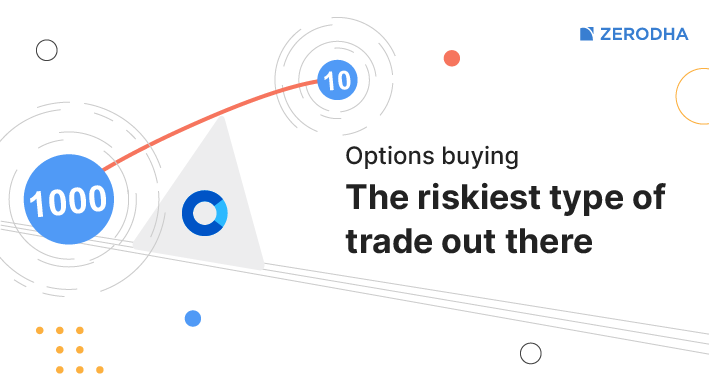NSE Option Chain Trading for Risk-Averse Investors: Strategies for Lower-Risk Exposure

The NSE Option Chain offers a diverse range of trading opportunities, catering to investors of varying risk profiles. While options trading can be a lucrative endeavor, it also carries inherent risks associated with market fluctuations and the complexity of option pricing dynamics. Risk-averse investors seeking to participate in the NSE Option Chain can employ strategies specifically tailored to reduce their risk exposure and enhance their overall investment experience. Check what is demat?
Understanding Risk-Averse Trading
Risk-averse trading prioritizes capital preservation and emphasizes limiting potential losses. Investors with a conservative risk tolerance prefer strategies that offer defined risk profiles and a higher probability of achieving their financial goals.
Strategies for Lower-Risk Exposure in NSE Option Chain Trading
Covered Call Writing: Covered call writing involves selling call options on an underlying asset that you already own. This strategy generates income from the premiums collected while providing a downside cushion against potential losses if the underlying asset’s price declines.Check what is demat?
Protective Put Buying: Protective put buying involves buying a put option with a strike price below the current market price. This strategy provides downside protection against a significant decline in the underlying asset’s price.
Collar Strategy: A collar strategy involves buying a call option at a higher strike price to limit potential losses, while also selling a call option at a lower strike price to generate income. This strategy creates a defined profit and loss range.
Long Straddle or Strangle: A long straddle or strangle involves buying both a call option and a put option with the same strike price and expiration date (straddle) or using out-of-the-money options (strangle). This strategy provides protection against significant price movements in either direction. Check what is demat?
Risk Management Practices for Risk-Averse Traders
The following are the few of the points you need to keep in mind for the risk management, have a look:
- Thorough Research and Analysis: Conduct in-depth research on the underlying asset, market conditions, and option pricing dynamics to make informed trading decisions.
- Position Sizing: Carefully determine the appropriate size of each trade based on your available capital, risk tolerance, and the volatility of the underlying asset.
- Stop-Loss Orders: Utilize stop-loss orders to automatically exit positions when the price moves against your expectations, limiting potential losses. Check what is demat?
- Profit Targets: Set profit targets to lock in profits when the price reaches your desired level, preventing potential profit erosion.
- Emotional Discipline: Maintain emotional control and avoid impulsive decisions driven by fear or greed. Stick to your trading plan and risk management strategy.
The final thoughts
Risk-averse investors can effectively navigate the NSE Option Chain by employing strategies that align with their risk profile and utilizing sound risk management practices. Covered call writing, protective put buying, collar strategies, and long straddles or strangles offer opportunities for income generation and downside protection. By conducting thorough research, managing position sizes judiciously, employing stop-loss orders and profit targets, and maintaining emotional discipline, risk-averse investors can pursue their financial goals with a focus on capital preservation. Check what is demat?




